Charleston, Mississippi, has about 2,000 residents and one single grocery store. That grocery store—which has limited produce options and high prices—shares the town’s Main Street with the only two other places in town where people can buy groceries: both dollar stores, which are the fastest-growing food retailers in rural America but typically stock unhealthy foods.
As a result, residents of the rural town in Tallahatchie County are often forced to eat at local fast food restaurants or drive 30 miles to the nearby towns of Grenada or Batesville to shop at the towns’ grocery stores, which have lower food prices and greater variety. Otherwise, residents go without fresh produce and healthy food options entirely.
In Charleston, like in many other rural areas, unequal access to education, employment, and other wealth-building opportunities has contributed to persistently low incomes among residents. With limited income, some Charleston residents can’t afford the healthy food that is available in town. And high rates of chronic illness, like hypertension and diabetes, add urgency to the community’s food insecurity.
Many of the same systemic factors that have contributed to low incomes have made people living in communities in the rural South—especially majority-Black communities like Charleston—disproportionately likely to face food insecurity, chronic health issues, and long travel times to access nutritious food and health care.

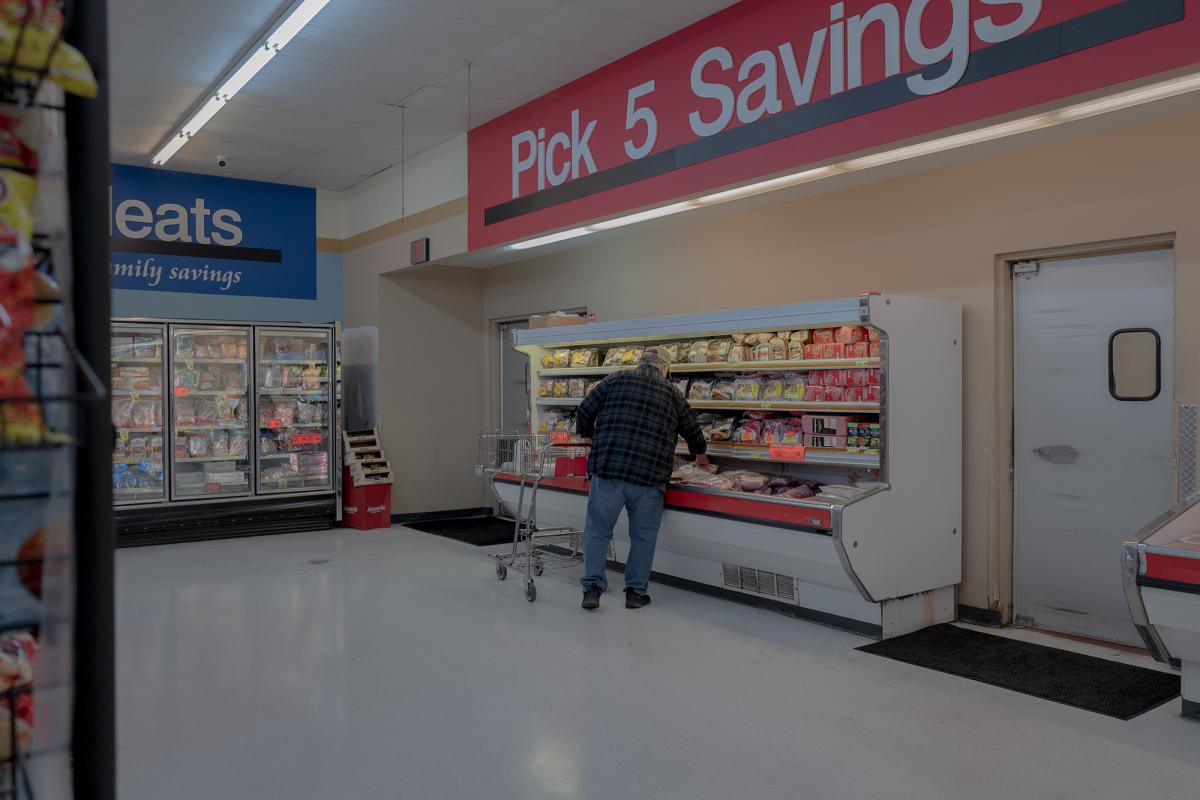
With funding from the Walmart Foundation, the “Food as Medicine” food prescription program, a partnership between Charleston’s James C. Kennedy Wellness Center and the University of Mississippi that began in 2020, is aiming to address these structural challenges.
By pairing the distribution of fresh produce with in-person and virtual nutrition counseling options, the program is improving Charleston residents’ access to both healthy food and services that can help them manage their health. Serving residents who are often experiencing both chronic illnesses and food insecurity, the program currently reaches 120 families, or around 400 residents, and 100 families are on the waiting list to join. Staff members have seen improvements in most biometrics, like blood pressure and triglyceride levels, that the program tracks for adult participants.
The initiative’s success shows how policies that give systematically disadvantaged populations access to both healthy food and flexible health care and education can improve people’s health and well-being and could have long-term benefits for communities.
“[There’s an] assumption that people aren't eating fruits and vegetables because they don't like them, or they don't know how to use them, or they just don't eat them,” said Dr. Meagen Rosenthal, codirector of the University of Mississippi’s Community First Research Center for Wellbeing and Creative Achievement. “But this [program] is really trying to say…. ‘It's not a knowledge and understanding problem, it's an access problem.’”
Poor access—not poor choices—drives food insecurity in Charleston
A lack of access to healthy food—and the health complications that come with it—is common in rural communities across the country. Forces like a lack of transportation, low incomes, and health care workforce shortages coalesce to rob many rural residents of opportunities to eat nutritious foods and adequately manage their health.
Racism also plays a part, and Charleston’s history includes some extreme examples, like its adjacency to the murder of Emmett Till and its only high school’s insistence on holding segregated proms until 2008. That racism persists today in Charleston—as it does across the US—in less explicit but equally harmful ways.
Majority-Black communities like Charleston, where 73 percent of the population is Black, are disproportionately likely to face food insecurity because of historical and ongoing inequities in the housing, education, criminal justice, and employment systems that have limited their access to wealth building, well-paying jobs, and other opportunities. Research shows that one in five Black households in the US experienced food insecurity in 2021, and Black people were three times more likely than white people to experience food insecurity. In rural counties, Black people are 2.5 times more likely to face food insecurity than their white counterparts.
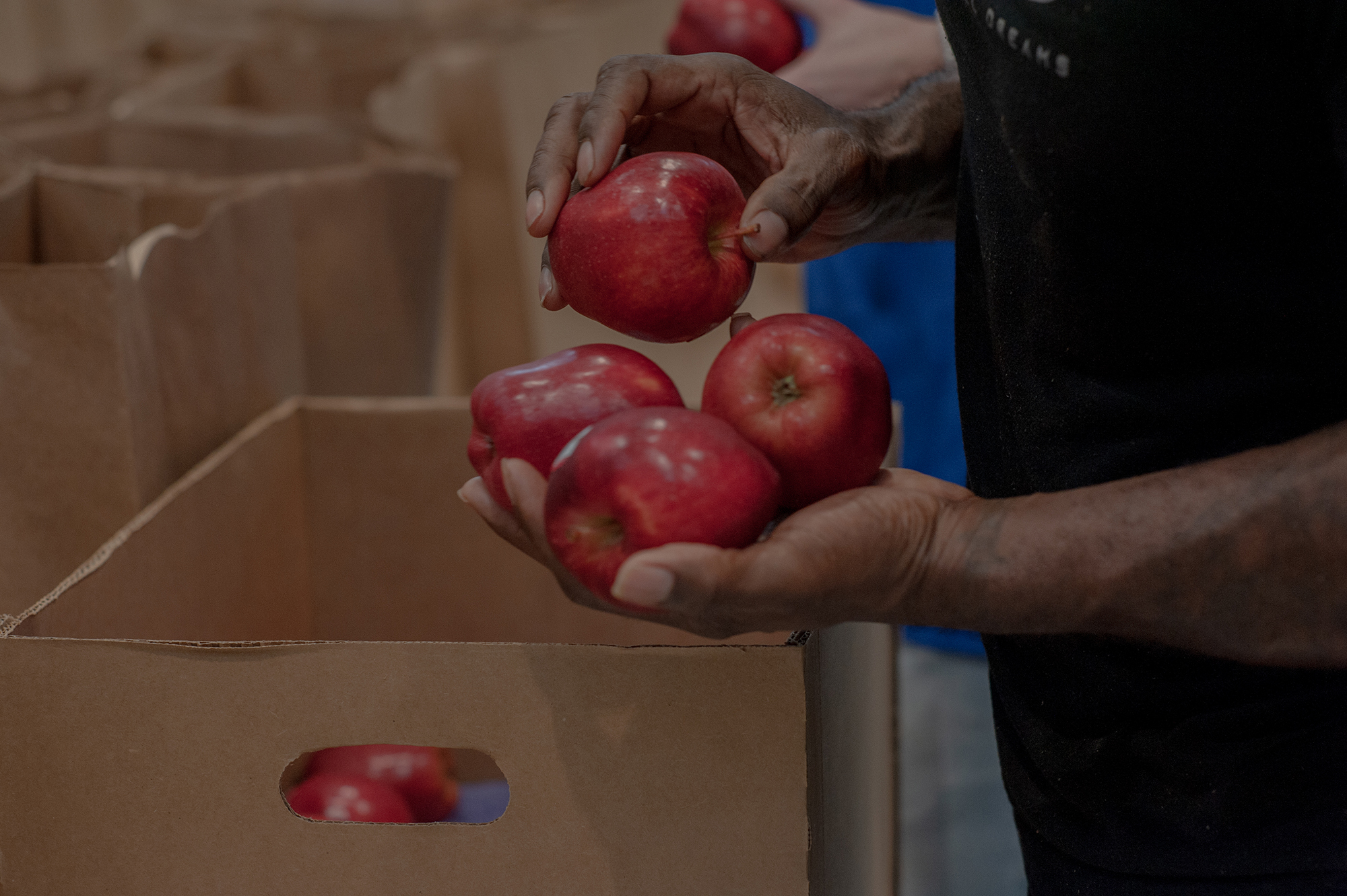
“Often, eating healthy cannot be some of our residents’ first priority,” said Dr. Catherine Moring, executive director of the James C. Kennedy Wellness Center. “It is more often, how am I going to get food on the table, or how am I going to keep my lights on.”
In 2021, Tallahatchie County had a per capita income of $19,390—compared with $26,807 for the state and $38,332 nationally—and the median household income was $31,484. And because Charleston has only one grocery store, that store can charge high prices, which are climbing even higher with inflation. Left to rely on cheaper, nonperishable goods or leave town to shop for food, some residents struggle to adequately feed themselves and their families.
But because of child care arrangements, work schedules, a lack of transportation options or money, and other factors, not everyone can reliably travel to buy food. One alternative is buying food online and having it shipped, but, according to Moring, some Charleston residents lack a bank account or credit card required to complete grocery deliveries. In 2021, the unbanked rate, or the share of households in which no member has a checking or savings account at a credit union or bank, was 11.1 percent in Mississippi, more than double the national rate.
Nutrient-poor foods like nonperishable goods play a major role in perpetuating chronic illness: People facing food insecurity are more likely to purchase unhealthy foods because they’re more affordable. But those foods can then worsen their health. In turn, people must use more of their already limited budgets to manage their health, which then constrains their abilities to eat well. And the cycle continues.
This cycle is evident in Charleston. Though many of the chronic illnesses residents face can be managed with diet changes, health care, and other therapies, community members often lack access to healthy, affordable food options and the support needed to manage chronic illnesses.
Providing residents with fresh produce helps in the fight against food insecurity
The food prescription program eliminates several barriers Charleston residents face when trying to access nutritious food.
Participants enter the program for free through a two-question self-screening for food insecurity at the Wellness Center. They must also have individual incomes below $20,000 or household incomes below $40,000. Once enrolled, participants pick up a free bag of produce, tailored to their household size, at the Wellness Center every other week.
By providing food in town for free, the program saves participants both time and money: they don’t have to travel to access fresh food, and the free produce helps their money for food go further. And by providing fresh produce specifically, the food prescription program helps close a gap in access to healthy foods.
“Just being able to supply the body with the nourishment that those foods provide, from a nutritional density standpoint in terms of vitamins and minerals, is really big for overall nutrition and health,” Moring said.
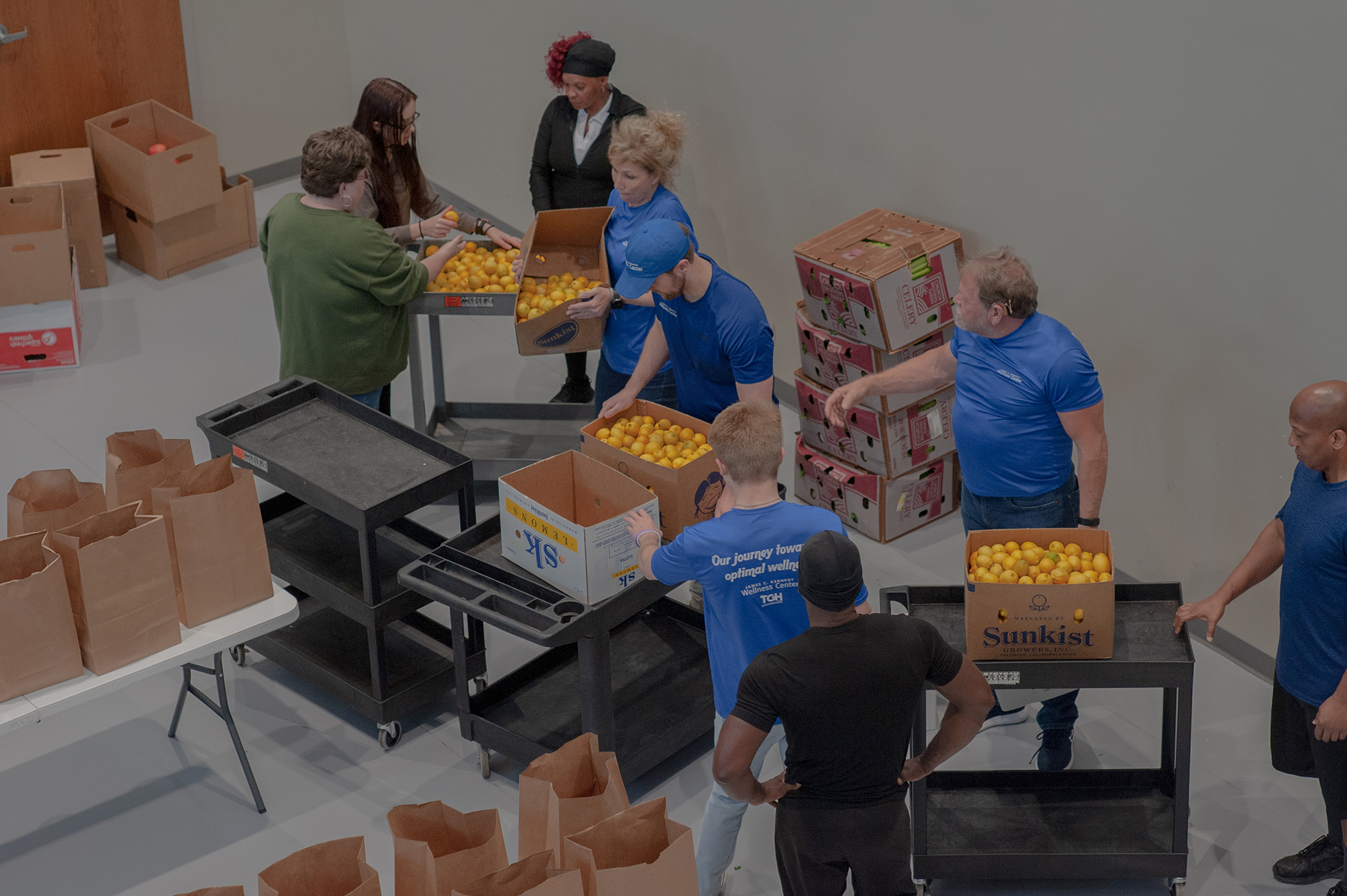
With a diverse mix of fruits and vegetables, the produce bags also give participants access to certain foods they might not otherwise be able to afford or that are not typically available in the area.
A participant said of the program, “[It is] a blessing because a lot of times, I don’t have food and I wouldn’t have any without it. The food that we get, if we had to go to the grocery store and buy, there's no way I could buy those vegetables from the grocery store with money that I don't have.”
Virtual health care and education meet residents where they are
Access to fresh produce is central to addressing food insecurity and related illnesses, and pairing improved access with health education can enhance the benefits of fresh produce. But challenges like long travel distances to providers’ offices can prevent people from seeking out health care and education.
That’s where telehealth comes in. During the COVID-19 pandemic, the federal government adjusted federal Medicare policy and gave states broad authority to use telehealth in Medicaid, resulting in changes like allowing appointments to take place in patients’ homes, reducing the minimum amount of time required for services to be reimbursable, allowing flexibility in the platforms used for appointments, and expanding the types of clinicians eligible to bill for telehealth. The greater flexibility in where and how patients could receive care helped people remain connected to care during the COVID-19 crisis. Given that Medicaid and Medicare covered almost 40 percent of Mississippi’s population in 2021, a large number of Mississippians had access to the benefits of expanded telehealth policies, like reimbursement for audio-only appointments, in both programs.
Improvements in telehealth policy allowed Wellness Center staff to bring health care and education directly to residents through Diabetes Solutions, the Wellness Center’s diabetes self-management program. Anyone can participate in the program regardless of their health insurance coverage type (or lack of coverage). By offering care in flexible ways that fit into participants’ schedules, telehealth ultimately better meets some participants’ health needs.
The food prescription program staff—made up of registered dietitians, registered nurses, and certified health coaches—use telehealth to help people eat healthy, remain engaged in health care, and understand and make informed decisions about their health. Staff members can take the time to explain participants’ bloodwork results and make customized dietary recommendations. They also listen to participants’ preferences and concerns in a way that many health care providers cannot. For Diabetes Solutions participants, staff members liaise with participants’ primary care doctors to keep participants engaged in routine care and keep their doctors informed about their health.
Using phone and video calls for appointments, instead of requiring people to travel to the Wellness Center, has expanded the nutrition counseling’s reach to residents who may be less likely and able to participate because of challenges like a lack of transportation.
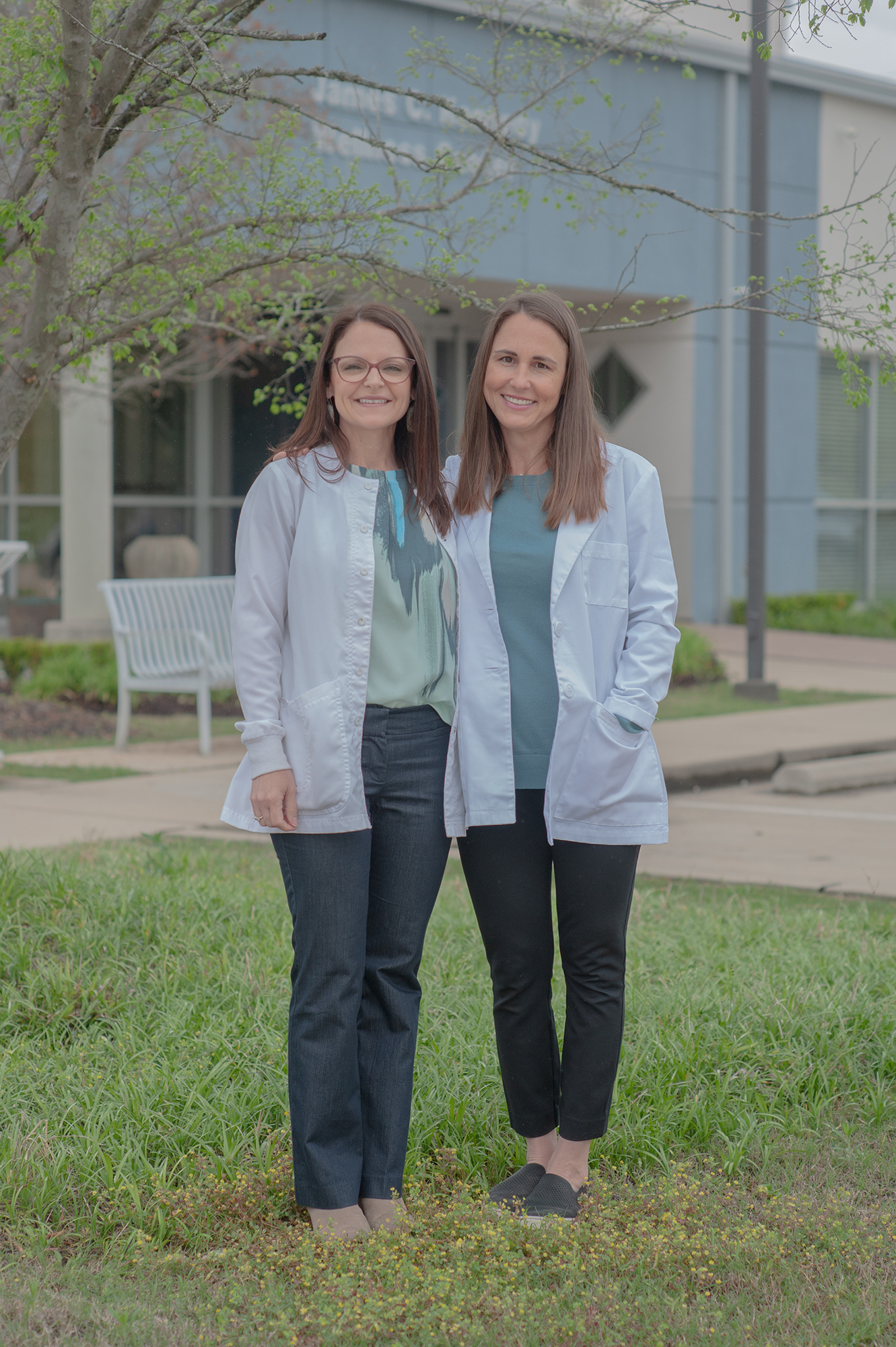
The telehealth service has been able to open up so many doors for people where we're able to reach people when it's convenient for them.
Telehealth has also allowed nutritionists to check in more frequently with participants, meaning they can better tailor care to participants’ needs and help keep participants on track to meet their health goals. By meeting people where they are, telehealth both increases the likelihood that a person will engage in health care and gives people a chance to receive care in a way that is convenient and comfortable for them.
“The telehealth service has been able to open up so many doors for people, allowing us to be able to reach people when it's convenient for them,” said Jennifer Taylor, the Wellness Center’s assistant director. “You don't have to say to a participant, ‘Okay, you have to come to our office at the Wellness Center and this is your designated appointment time.’ Participants say, ‘Yeah, I'll be at home at 2:30 this afternoon. Can you call me then to talk more?’”
Despite their wide-ranging benefits, not all expanded telehealth policies have been made permanent. Mississippi Medicaid’s coverage of audio-only telehealth appointments, for example, ended when Mississippi’s state of emergency expired. Some Medicare telehealth policy changes expired with the national public health emergency or have been extended only through a certain date, meaning their benefits may be only temporary.
Using telehealth to make health care and nutrition counseling individualized and accessible ensures food prescription program participants who want these services can access them. In turn, program participants are equipped to make the most of the fresh produce they receive and take steps to achieve their health goals. The Mississippi state legislature passed a bill in 2022 that requires all health insurance and employee benefit plans in the state to reimburse for telehealth services to the same extent that they would be covered in person, suggesting a commitment to expanded telehealth use. Making other telehealth policy changes permanent would ensure participants have continuous, reliable access to telehealth and its many advantages. Expanding Medicaid in Mississippi (one of the 10 remaining states that have not yet done so) would also help more people access telehealth.
Better policies can help other rural communities expand healthy options for residents
Participants in the food prescription program commonly tell staff that they wouldn’t be eating fresh food if it weren’t for the program. Moring shared that for one such participant, who also receives counseling for diabetes, the program has transformed her life—allowing her to stop taking insulin, control her diabetes, and walk without a cane.
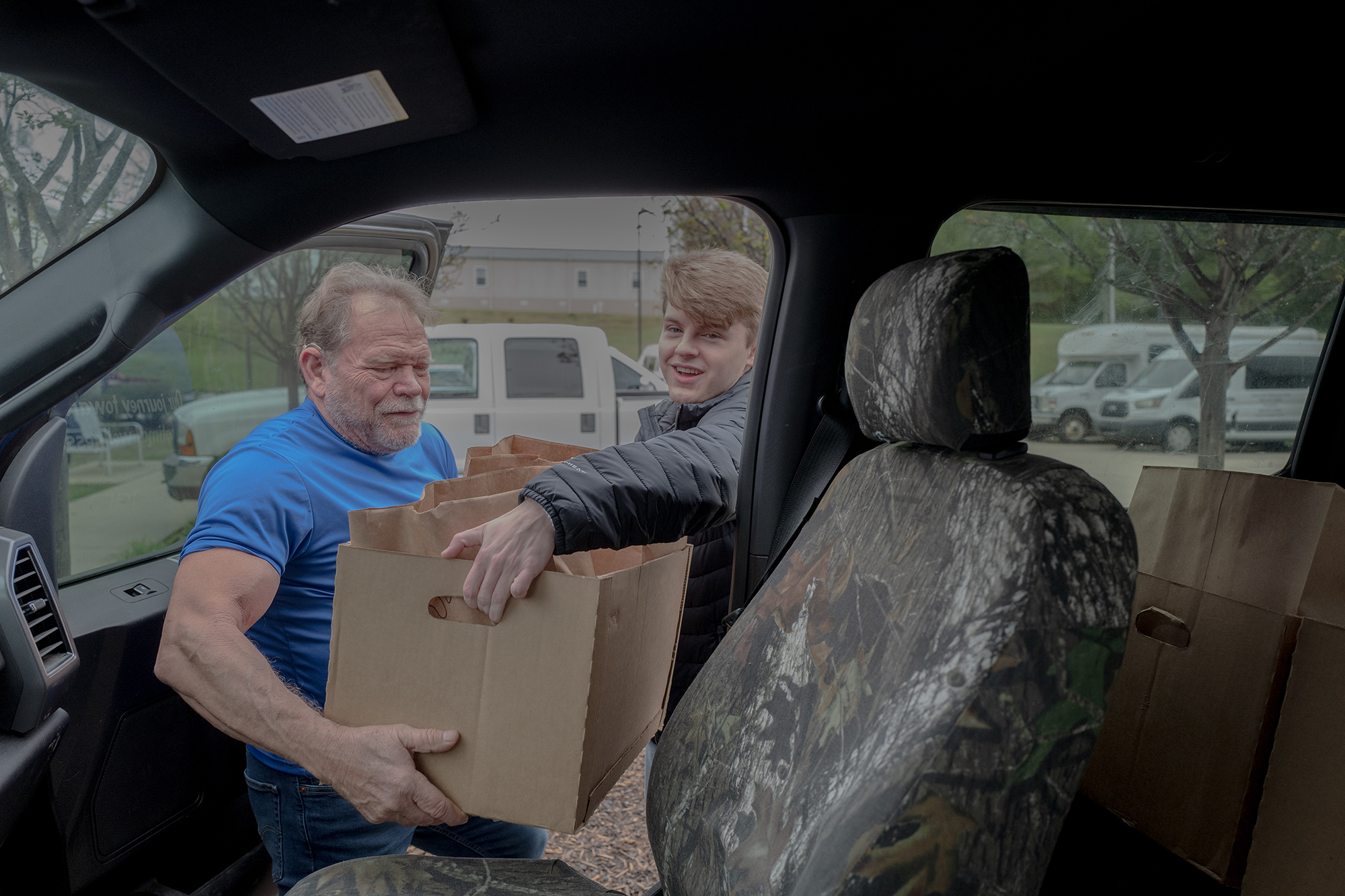
By serving 120 families in its first few years of operation, the program reaches nearly a quarter of the town’s residents. Across most of the biometrics measured for adult participants—like blood pressure and triglyceride levels—participants have shown improvements.
These successes suggest several strategies could help other rural communities improve access to healthy food, health care, and health education. Promising policies include those that enable more flexible telehealth use, cover produce prescription programs in public and private health plans, coordinate services for families facing chronic health problems and food insecurity, incentivize health care providers to engage with food prescription programs, and expand funding streams for produce prescription programs.
Ultimately, the food prescription program shows that what’s most important is ensuring people have equitable access to the opportunities and resources they need to eat well and live healthy lives.
“The choices that we make are shaped by the choices that we have,” Moring said. “When individuals and families are given the choice to eat better, they do.”
This story is part of a healthy food access project funded by the Walmart Foundation. We are grateful to them and to all our funders, who make it possible for Urban to advance its mission. The views expressed are those of the authors and should not be attributed to the Walmart Foundation or the Urban Institute, its trustees, or its funders. Funders do not determine research findings or the insights and recommendations of our experts.
We would like to thank staff at the James C. Kennedy Wellness Center, faculty at the University of Mississippi Community First Research Center for Wellbeing and Creative Achievement, and the participants in the food prescription program for their time and thoughtful contributions to this project.
RESEARCH Emma Fernandez, Julio Salas, and Kassandra Martinchek
DESIGN Rhiannon Newman
EDITING Alex Dallman
PHOTOGRAPHY September Dawn Bottoms (september-dawn-bottoms.format.com)
PRODUCTION Jerry Ta
WRITING Rachel Kenney
See our project page to learn more about innovative healthy food access projects happening across the US.